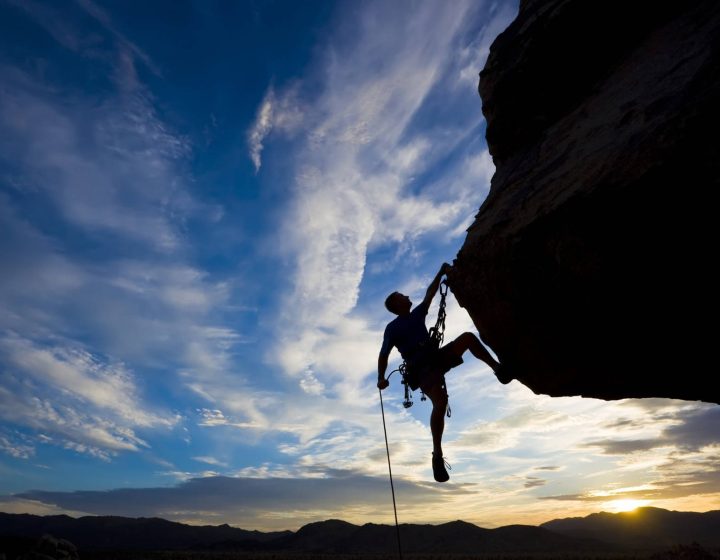- Details
Tour overview
Armenian festivals are a vibrant celebration of the country’s rich cultural heritage, traditions, and history. These festive occasions offer a unique opportunity for locals and visitors alike to immerse themselves in the joyful spirit of Armenia. From ancient religious observances to modern cultural events, Armenian festivals showcase the country’s diversity and the warm hospitality of its people. Here are some of the most prominent and fascinating Armenian festivals:

- Vardavar (Water Festival): Vardavar is one of the most beloved and widely celebrated festivals in Armenia, observed during the summer months. People of all ages participate in this joyous event by dousing each other with water. Buckets, water guns, and even water-filled balloons are used to spread cheer and refreshment on this day. Vardavar is associated with the pagan celebration of Astghik, the Armenian goddess of love and water, and has been embraced by Christian traditions over the centuries.

- Navasard ; Navasard marks the Armenian New Year, celebrated on August 11. This ancient festival is deeply rooted in pre-Christian times and signifies the harvest season and the cycle of life. Festivities include traditional dance, music, and feasts, where people gather to enjoy the bounty of nature and offer thanks for the blessings received.

- Tolma festival has its unique place among the most festivals organized in Armenia. It was first held in 2011 in Armavir region by the organization “Development and Preservation of Armenian Culinary Traditions”, headed by Sedrak Mamulyan.

The purpose of the event is to popularize traditional Armenian dishes. Tolma is the favorite dish of Armenians. It is cooked both on holidays and on ordinary days. The dish is served with matzoni (Armenian yogurt) and crushed garlic. In each region of the country it is made in a special way. The classic Tolma is made from beef, lamb and spices wrapped in grape leaves, cabbage leaves or vegetables. The dish has long been called Tolimis, which means “meat in a grape leaf”.

Over time the name turned into Tolma. You can also try Lenten (Pasuts) Tolma, which is wrapped with cabbage leaves, as well as stuffed with red beans, lentils, croup, tomato paste, onions and lots of spice.

During the festival the cooks prepare about 70 types of Tolma, competing in the categories of “The Best Taste”, “The Best design”, “Tne Best Idea”, and the winners become the owners of the golden statuette. A world record was also set: the length of Tolma reached 23 meters. Like other large-scale events, Tolma Festival is accompanied with songs, dances, various contests, as well as entertaining games. All the guests take part in this process. The Festival is mainly held in Sardarapat.
- Yerevan Wine Days : Yerevan Wine Days always take place in May and lasts for two days, so if your trip plans are on May, be sure to match them with the festival days. Wine festivals in Armenia are arranged in an engaging way. All wineries in Armenia introduce and show the public their wide selection of wines.

Some restaurants and cafes are also present offering light snacks and meals. People from various nationalities, who enjoy drinking wine, gather on Saryan Street to feel the taste of Armenian wine. It is accessible for the public and the only thing you do is purchasing the low cost coupons which cost 9-10$. When you buy the coupon, you are given a special wine glass to taste different wines. There is a big parade which is complemented by traditional Armenian songs and dances.

- Barbeque Festival: Armenians have always been famous for making barbecue – considering its preparation process as tradition for the nation. The Armenian name of barbecue is “Khorovats”, which means “roast”. Khorovats is made on special roasting kit called “manghal”.

Barbecue festival is among the most beloved food festivals in Armenia. It takes place in Lori Region, specifically in the village of Akhtala (145 km from Yerevan) in August. What is special about the event is that many skilled cooks from different restaurants, higher institutions and NGOs participate in the event preparing around 40 types of barbecue and are awarded as a result of the competition. You will not get bored for sure!

- Syunik Mulberry and Raspberry Festivals: One of the traditional festivals in Armenia is Mulberry Festival in summer. The festival is in Karahunj, which is a small town in Syunik Province. The event takes place in July. Karahunj is the place where the first mulberry vodka was produced.

During the festival, the villagers start to compete with each other with mulberry gathering. The guests can watch and enjoy the process of vodka preparation, the process of drying mulberries and the preparation of doshab (special syrup that Armenians prepare for fighting colds and coughs). As in all Armenian festivals, this one also comes with traditional music and dances from community people.
Attending the event is a perfect way to call on worldwide-known observatory, “Armenian Stonehenge”. Karahunj (translated as Speaking Stones) is actually around 3,500 years older than its British counterpart, Stonehenge. So take this opportunity to experience mountain dwellers’ life in Syunik.
When taking a trip to Armenia, save some time on your schedule to attend these festivals.
Book a suitable vehicle with Enterprise-Armenia and head out to experience true Armenian culture and hospitality.
The annual Raspberry Festival is held in the Ashotavan community of Sisian, Syunik province, where—locals claim—the most delicious and sweetest raspberries grow.

During the Festival, which occurs in the midst of raspberry season, raspberry farmers gather in Ashotavan to present their raspberries, traditional Armenian gata, and other delicious dishes.
If you’re attending the Raspberry Festival, expect your day to be full of surprises, competitions, and awards. Buy raspberries and other products directly from the villagers to bring a part of the Festival back to your home.
- International Balloon Festival : The International Balloon Festival brings a special atmosphere to Yerevan on September 15-18, where many colorful balloons from different countries adorn Yerevan’s sky, making it a picture-perfect place. The festival, organized by Skyball, aims to develop tourism in the country, as well as its aviation and aeronautics.

- Yerevan Color Run: Another fun activity you can participate in is the Yerevan Color Run organized at Hamalir Complex in July (date varies). The event starts early in the morning with an energetic fitness warm-up to get ready for the 5km run. The participants are drenched from head to toe in harmless bright colors along the route. It’s an entertaining run, so there’s no timing, rules, and restrictions. However, the three men and three women who come in first at the finish line are awarded a special prize.

- Golden Apricot Yerevan International Film Festival: Film lovers should come to Yerevan and attend the Golden Apricot Yerevan International Film Festival at the Moscow Cinema on July 8-15. The main aim of the festival is to encourage creativity and to establish a network between filmmakers and movie enthusiasts. The films shown during the festival address issues of human experience, people’s daily lives be they extraordinary or usual, and the joys and troubles of the nation.

- Taraz Festival: If you are keen on seeing traditional Armenian clothing, you should attend the Taraz Festival in Yerevan on August 4. Those traditional dresses, or taraz in the local language, reflect the cultural identity of Armenians and aspects of the national identity. During the festival, you’ll be able to admire Western and Eastern Armenian traditional clothes.

- Trndez : Celebrated on the evening of February 13, Trndez welcomes the approaching spring. The highlight of the festival is the lighting of bonfires, around which people dance and sing to the beats of traditional music. Couples jump over the flames, seeking blessings for happiness and prosperity in their relationships.

- Easter, known as Zatik in Armenia, is one of the most significant religious festivals. The week leading up to Easter Sunday is marked with church services, processions, and the lighting of candles to symbolize the resurrection of Jesus Christ. Families gather for festive meals, sharing special Easter bread (chorag) and red eggs as symbols of rebirth and new beginnings.




